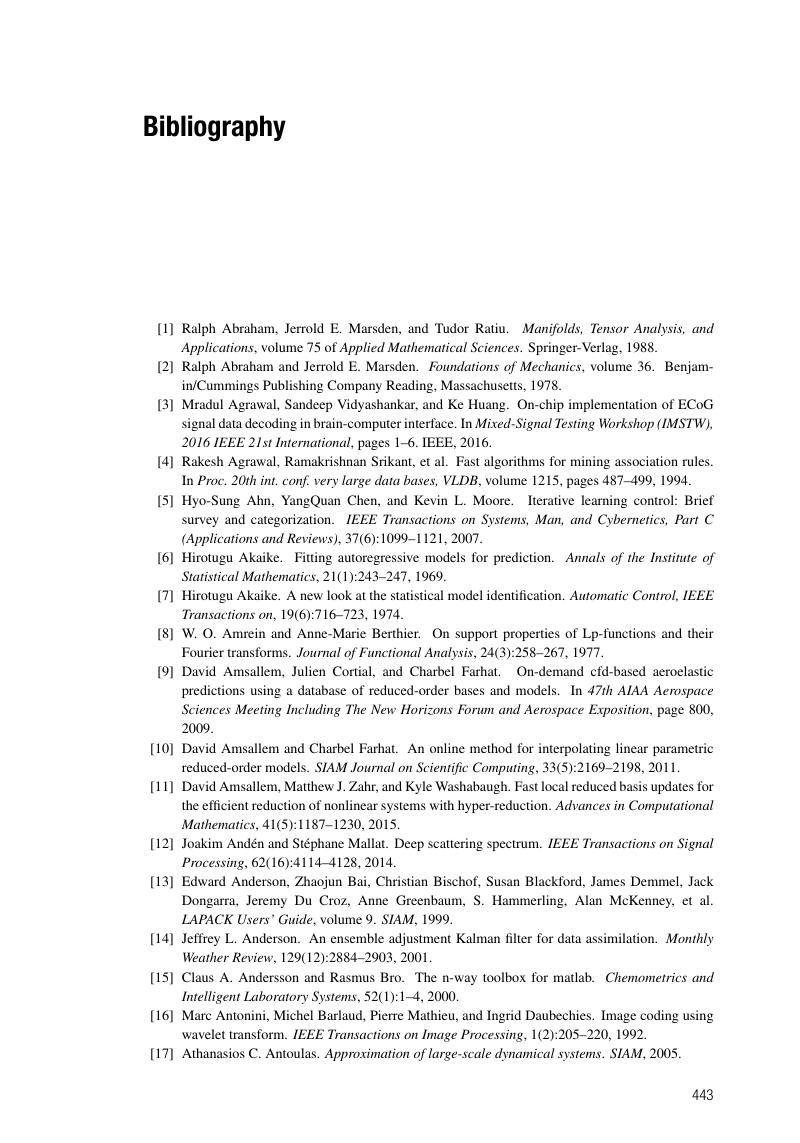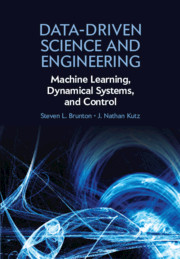Bibliography
Published online by Cambridge University Press: 15 February 2019
Summary

- Type
- Chapter
- Information
- Data-Driven Science and EngineeringMachine Learning, Dynamical Systems, and Control, pp. 443 - 470Publisher: Cambridge University PressPrint publication year: 2019



